Evaporator coil replacement is one of the most critical, and often misunderstood, repairs in residential air conditioning systems.
Is your air conditioner blowing warm air instead of cool? This could be a sign that your evaporator coil needs to be replaced. The evaporator coil is a critical component of your AC system that absorbs heat from indoor air, and when it fails, your comfort goes with it.
With proper maintenance, an evaporator coil can last up to 20 years, but various factors can cause it to fail earlier. Normal wear and tear leads to erosion over time, and refrigerant constantly flowing through the coils eventually takes its toll. Recognizing the warning signs early can save you from discomfort and expensive emergency repairs.
We understand how frustrating a malfunctioning AC can be, especially during hot summer months.
In this article, we'll explain the common indicators that your evaporator coil needs replacement and help you decide whether to replace just the coil or your entire system.
Here's what you need to know:
- Recognizing signs of a failing evaporator coil
- Understanding the role of the evaporator coil in your HVAC system
- Key factors that indicate it's time to replace your evaporator coil
- Considering replacement vs. repair: Making the right decision
- Can you replace the evaporator coil without replacing the whole unit?
Lets dive in!
Recognizing signs of a failing evaporator coil
Your AC's evaporator coil is crucial for cooling your home, but it won't last forever. Knowing when this component is failing can save you from uncomfortable summer days and higher energy bills.
Common signs your evaporator coil is going bad
Reduced cooling efficiency is often the first sign of evaporator coil problems. Your AC may run constantly but struggle to reach the temperature on your thermostat. This happens because damaged coils can't absorb heat properly from your home's air.
Warm air blowing from your vents when the AC is set to cool is a major red flag. If you're feeling warm air instead of cool, the evaporator coil might be unable to absorb heat effectively.
Poor airflow throughout your home suggests potential coil issues. When evaporator coils become dirty or damaged, they restrict the movement of air through your system.
Ice formation on the coils or refrigerant lines indicates a serious problem. While it might seem counterintuitive, freezing actually prevents proper heat transfer and reduces cooling capacity.
Higher energy bills without explanation often point to an inefficient AC system. Damaged evaporator coils make your system work harder, consuming more electricity.
Noises and smells that indicate evaporator coil issues
Hissing or bubbling sounds near your indoor unit could indicate refrigerant escaping through a leak in your evaporator coil. These sounds occur when pressurized refrigerant escapes through tiny holes.
Musty or moldy smells coming from your vents suggest moisture problems around your evaporator coil. The dark, damp environment of a malfunctioning coil creates perfect conditions for mold growth.
Unusual burning odors might indicate that your system is overheating due to restricted airflow caused by coil problems. This smell requires immediate attention as it could pose safety hazards.
How refrigerant leaks point to evaporator coil failure
Oil spots around your indoor unit often indicate refrigerant leaks. The oil that circulates with refrigerant can escape through the same holes, leaving telltale stains.
Declining cooling performance over time suggests a slow refrigerant leak. As refrigerant levels drop, your AC gradually loses its cooling capacity.
Short cycling (when your AC turns on and off frequently) can result from low refrigerant levels due to leaking evaporator coils. The system shuts down as a protective measure when refrigerant pressure drops too low.
Higher humidity inside your home may indicate your evaporator coil isn't removing moisture from the air effectively. Properly functioning coils dehumidify as they cool.
Copper corrosion or small holes on visible parts of your cooling system suggest formicary corrosion, a common cause of evaporator coil failure.
Understanding the role of the evaporator coil in your HVAC system
The evaporator coil is a critical component in your air conditioning system that absorbs heat from your indoor air. It works alongside other HVAC parts to keep your home cool and comfortable during hot weather.
How the evaporator coil affects cooling and humidity control
The evaporator coil acts as the heat absorber in your HVAC system. It contains refrigerant that changes from liquid to gas as it absorbs heat from the air passing over it. When warm air from your home blows across these coils, the refrigerant inside evaporates and pulls heat away from the air.
Without a properly functioning evaporator coil, your AC system can't cool effectively. If you notice your system blowing warm air, this is often the first sign of a failing evaporator coil.
The coil also helps with dehumidification. As air cools while passing over the cold coil, moisture condenses on the coil's surface and drips into a drain pan below. This process removes humidity from your indoor air.
How evaporator coils interact with other components
The evaporator coil works in coordination with several other HVAC components. It's typically located inside your home in the air handler or attached to your furnace in what's called the plenum.
The process begins when your compressor pressurizes refrigerant and sends it to the condenser coil outside. There, the refrigerant releases heat and becomes a cool liquid.
This liquid refrigerant then travels to the evaporator coil inside. As your blower fan pushes warm air across the cold coil, the refrigerant absorbs heat and changes back to gas.
The newly warmed gaseous refrigerant then returns to the compressor to repeat the cycle. This continuous process creates the cooling effect we feel from our air conditioners.
Key factors that indicate it's time to replace your evaporator coil
Your AC's evaporator coil plays a crucial role in cooling your home. When this component fails, you'll notice several warning signs that shouldn't be ignored.
Signs of corrosion or physical damage to the evaporator coil
Evaporator coils are particularly vulnerable to corrosion over time. This happens when moisture mixes with the dirt and debris that accumulate on the coil surface. The resulting acidic mixture slowly eats away at the metal.
Physical signs to look for include:
- Visible rust or discoloration
- Small pinhole leaks
- Frost buildup on the coil
- Copper damage or deterioration
When corrosion becomes extensive, refrigerant leaks often follow. You might notice reduced cooling performance or hissing sounds near your indoor unit. At this point, a licensed HVAC professional should inspect the coil.
We recommend checking your coil annually for early signs of damage. Catching corrosion early can sometimes save the coil through professional cleaning.
When coil age or outdated refrigerant (R-22) means replacement
Most evaporator coils last between 10-15 years with proper maintenance. If yours is approaching this age range, replacement might be more practical than repair.
Older systems often use R-22 refrigerant (Freon), which has been phased out due to environmental concerns. As of 2020, R-22 production has ended completely, making it:
- Increasingly expensive
- Harder to source
- Not sustainable for long-term use
If your system uses R-22, replacing the evaporator coil typically requires upgrading to a newer refrigerant like R-410A. This often necessitates replacing other components too.
An HVAC technician can verify what refrigerant your system uses and explain your options. Converting an old system is rarely cost-effective compared to a full replacement.
Frequent repairs and high costs: is coil replacement worth it?
When your evaporator coil requires frequent repairs, it's usually more economical to replace it. Multiple refrigerant recharges within a short period indicate persistent leaks that won't improve.
Consider tracking these costs:
- Repair expenses over the past 1-2 years
- Frequency of service calls
- Rising energy bills from decreased efficiency
A good rule of thumb: if repair costs exceed 50% of replacement costs, it's time for a new coil. Many HVAC technicians follow this guideline when making recommendations.
We've found that systems requiring multiple coil repairs rarely return to peak performance. Investing in a replacement often provides better long-term value and efficiency than continuing the cycle of repairs.
Considering replacement vs. repair: Making the right decision
When facing evaporator coil issues, homeowners must weigh repair costs against full system replacement benefits. The right choice depends on several factors including system age, repair costs, and energy efficiency impacts.
How energy efficiency impacts coil replacement decisions
Older AC systems with failing evaporator coils often operate at much lower efficiency than modern units. A new system typically achieves 20–30% better energy efficiency.
According to ENERGY STAR, upgrading from a SEER 9 to SEER 14 system can reduce energy use by over 35%, potentially cutting your monthly cooling costs by that same margin. This makes full replacement a compelling long-term option when facing major coil issues.
When an evaporator coil fails in a system older than 7-10 years, replacement of the entire unit often makes more financial sense. This is especially true for systems using outdated refrigerants like R-22, which is being phased out.
Consider these efficiency factors:
- SEER Rating: Modern units start at 14 SEER while older systems might be 10 SEER or lower
- Monthly Savings: Higher efficiency can reduce cooling costs by $20-$40 per month
- Environmental Impact: Newer systems use more eco-friendly refrigerants
When to consult a licensed professional
A licensed HVAC professional should always evaluate your system before you make a final decision. They can provide an accurate diagnosis and cost comparison between repair and replacement options.
The HVAC technician will check:
- System age and overall condition
- Refrigerant type and compatibility with modern standards
- Extent of damage to the evaporator coil
- Efficiency of your current system compared to new options
We recommend getting multiple opinions if the repair cost exceeds 50% of a new system's price. Most reputable HVAC professionals will offer free or low-cost evaluations and provide detailed quotes for both options.
Trust professionals who take time to explain their recommendations rather than pushing for the most expensive solution.
Can you replace the evaporator coil without replacing the whole unit?
When your air conditioner’s evaporator coil fails, one of the most common questions is whether you can replace just the coil, or if a full system replacement is required. The answer depends on several key technical and compatibility factors.
You can technically replace just the evaporator coil in some systems, particularly if they’re newer, use R-410A refrigerant, and are still under warranty.
However, if your unit is outdated, uses R-22, or has other performance issues, full system replacement is usually the smarter long-term investment. Always consult a licensed HVAC technician to evaluate compatibility, efficiency gains, and total cost before making a decision.
Compatibility with refrigerant type
One of the first things to consider is your system’s refrigerant. If your current system uses R-22 (Freon), which was phased out by the EPA in 2020 due to its ozone-depleting properties, replacing just the coil may not be a viable option.
New evaporator coils are designed to work with R-410A, a modern and more environmentally friendly refrigerant. Mixing refrigerants or using incompatible parts can lead to system failure and void warranties.
According to the U.S. Environmental Protection Agency: “R-22 is no longer manufactured or imported into the U.S., making it increasingly expensive and difficult to find.”
Age and efficiency of the existing system
If your AC unit is more than 10 years old, replacing the evaporator coil might not be cost-effective. Older systems typically have lower SEER ratings (Seasonal Energy Efficiency Ratio), meaning they consume more energy to deliver the same cooling output.
Installing a new coil into an outdated unit may restore basic function, but won’t improve efficiency or resolve other aging-related problems.
In contrast, replacing the entire system with a modern high-SEER unit can result in 20–30% energy savings, improved humidity control, and better indoor air quality.
Physical and structural fit
Not all new evaporator coils will physically match older air handlers or furnaces. Differences in coil size, connection types, and mounting configurations can make retrofit installations complex.
A professional HVAC technician can evaluate whether a new coil will integrate properly with your existing components or if replacing the full system is more practical.
Conclusion
Recognizing the signs of a failing evaporator coil early, such as reduced cooling, ice buildup, or refrigerant leaks, can help prevent costly emergency repairs and system downtime. Understanding how the coil interacts with your HVAC system, along with factors like corrosion, age, and refrigerant type, is key to making the right replacement decision.
If your system is still relatively new and uses R-410A, replacing just the coil might be a practical solution. But for older systems, especially those using R-22, upgrading the entire unit often delivers better efficiency, reliability, and long-term savings.
If you’re unsure whether to repair or replace your evaporator coil, schedule a diagnostic visit with TCM Heating & Cooling.
Our licensed HVAC technicians serve homes across Montana and can help you make the most efficient, cost-effective decision for your comfort.

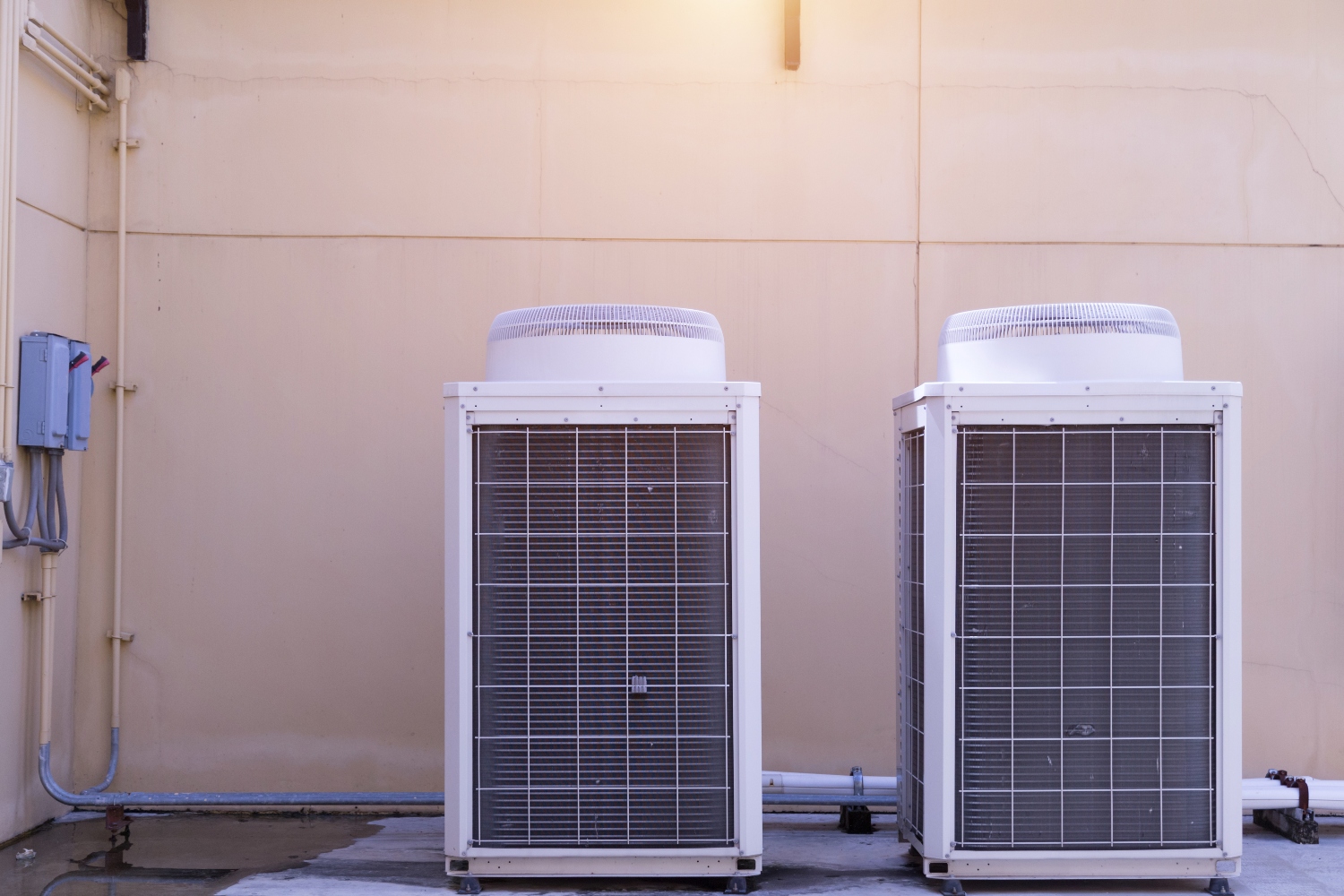
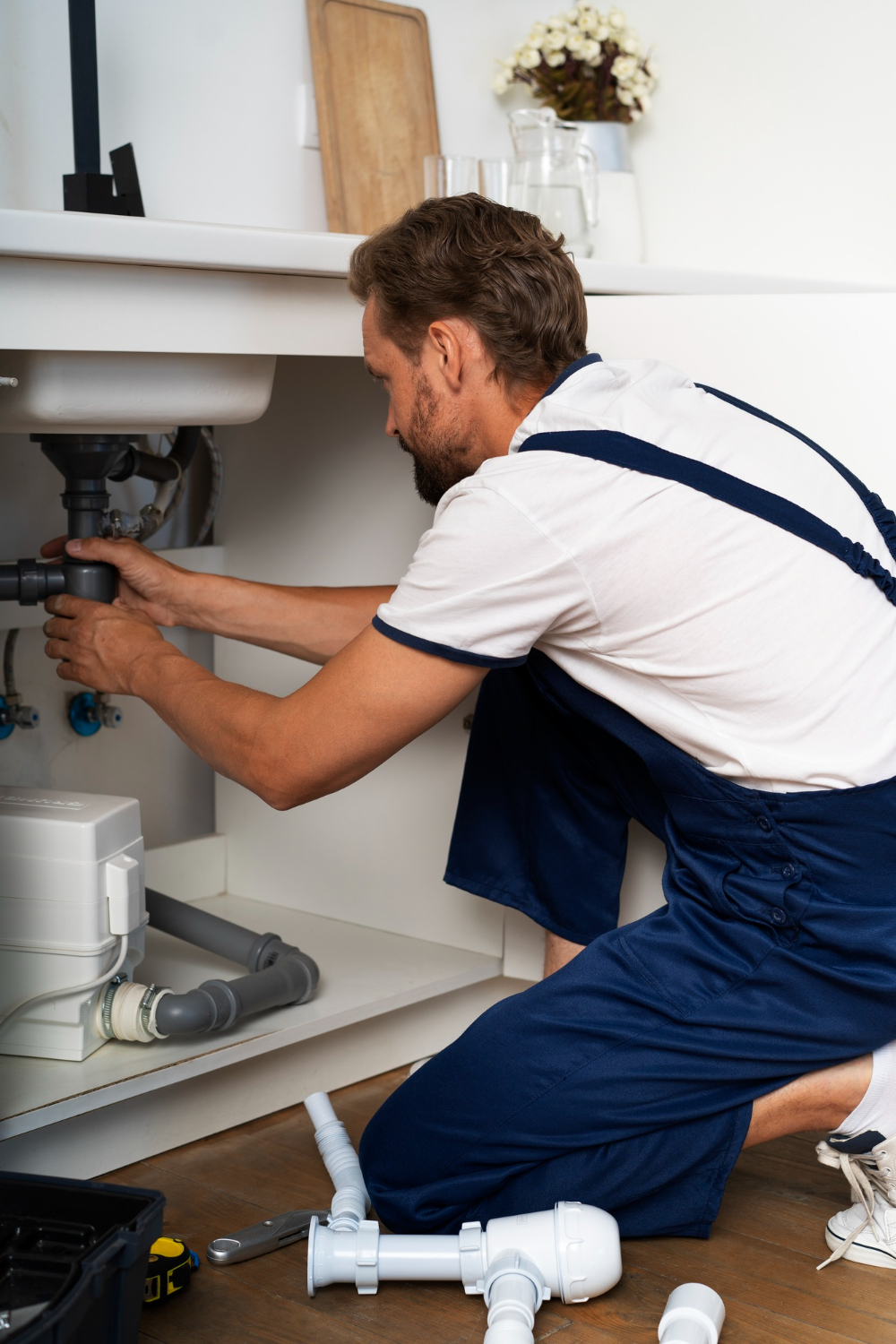
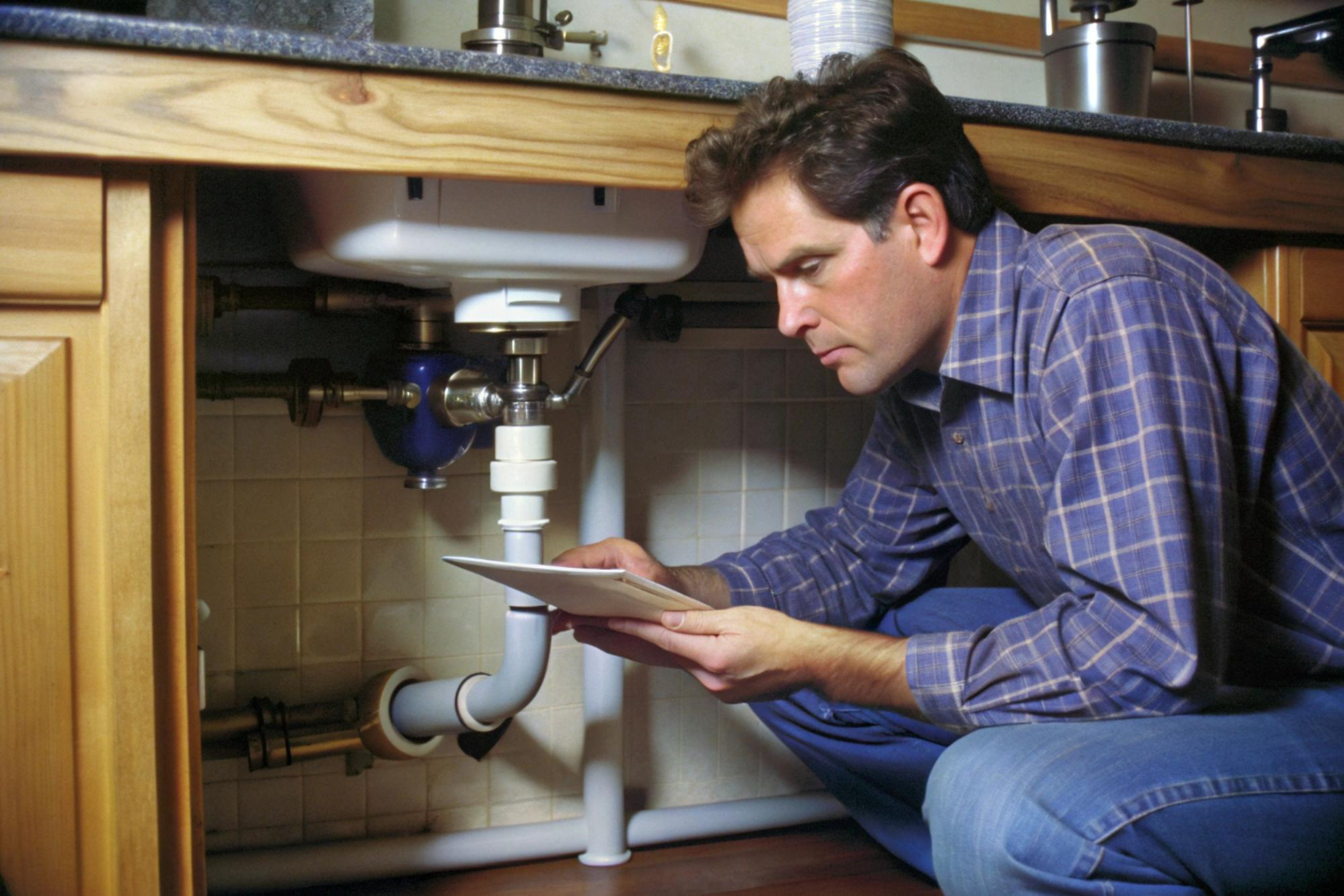
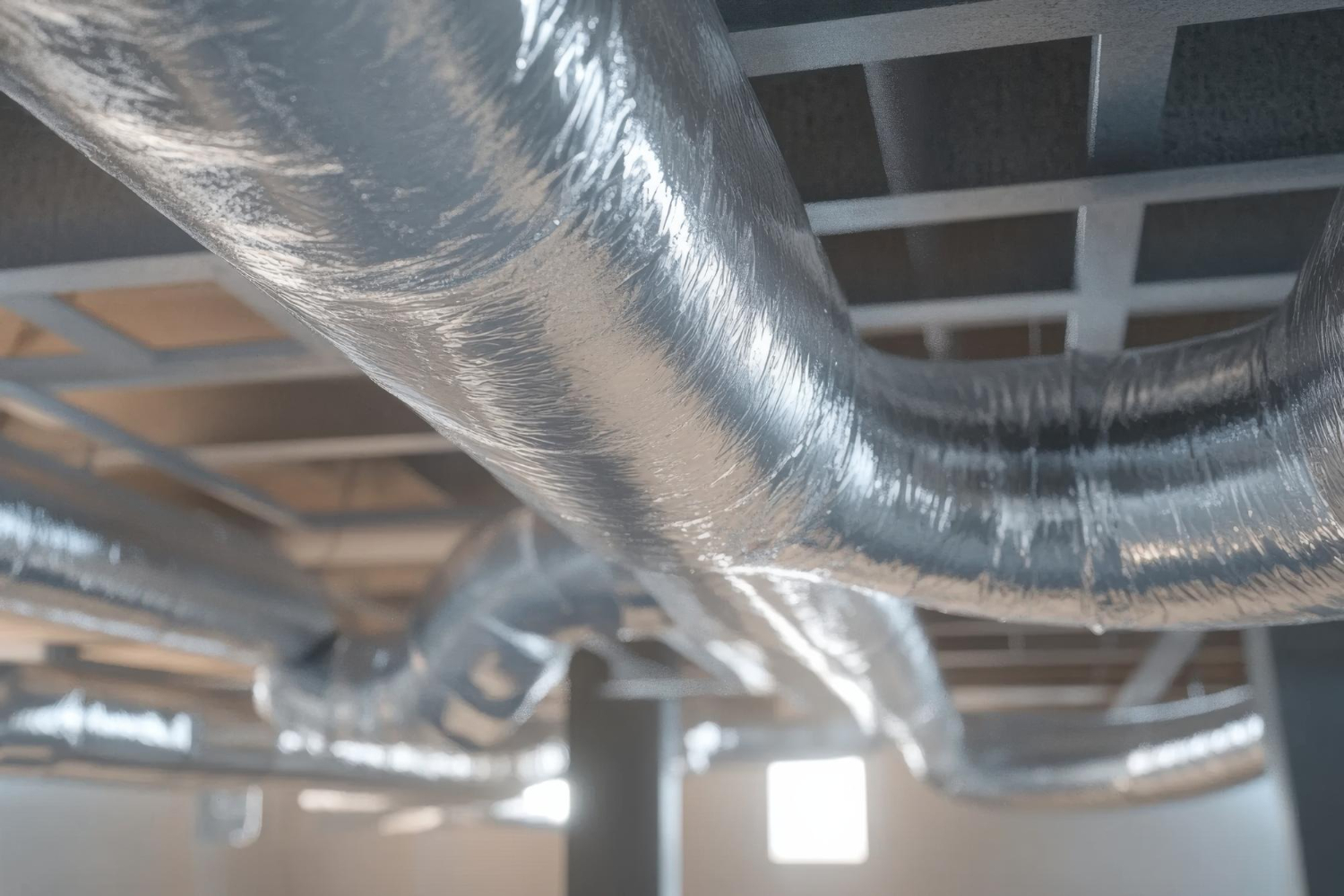
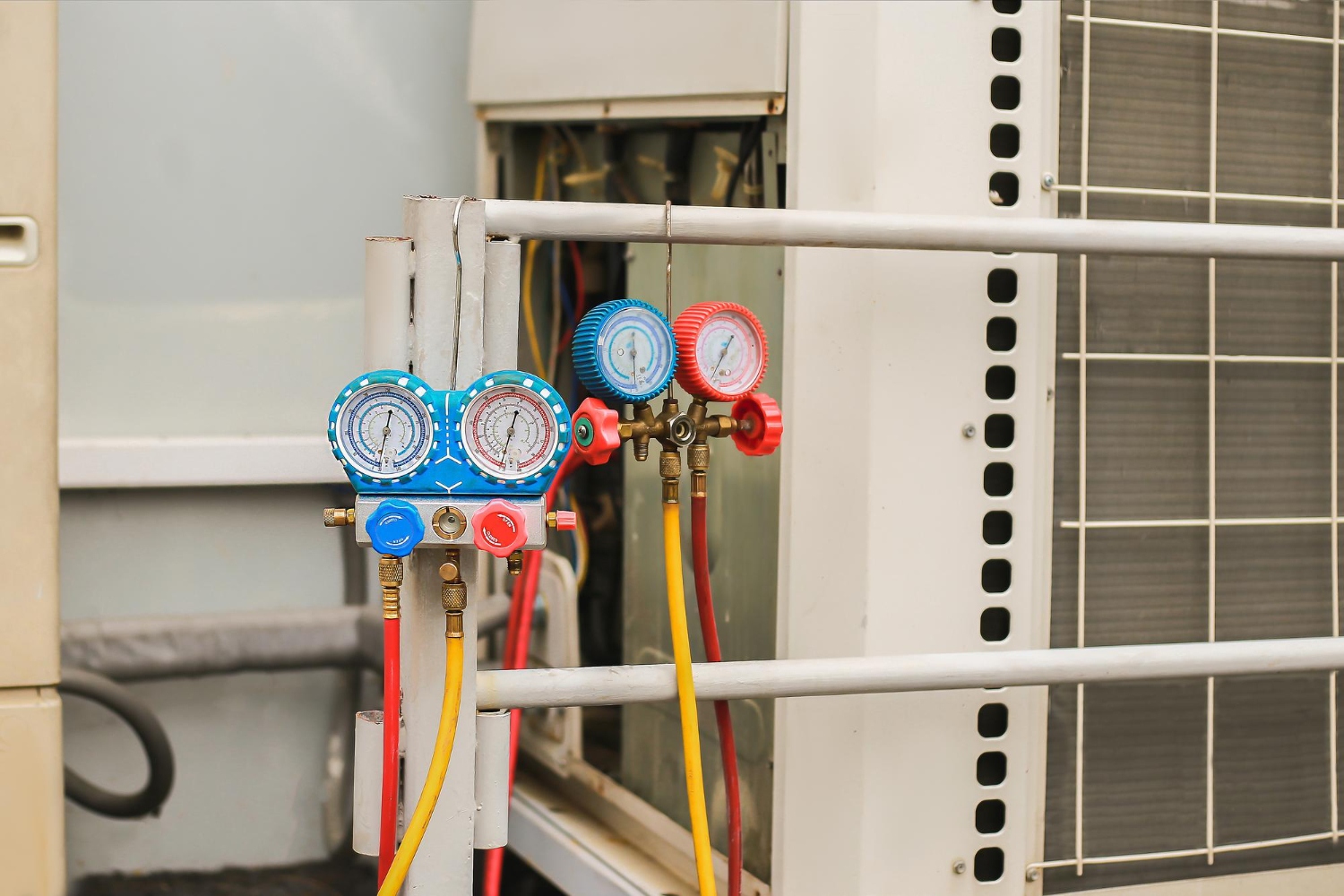
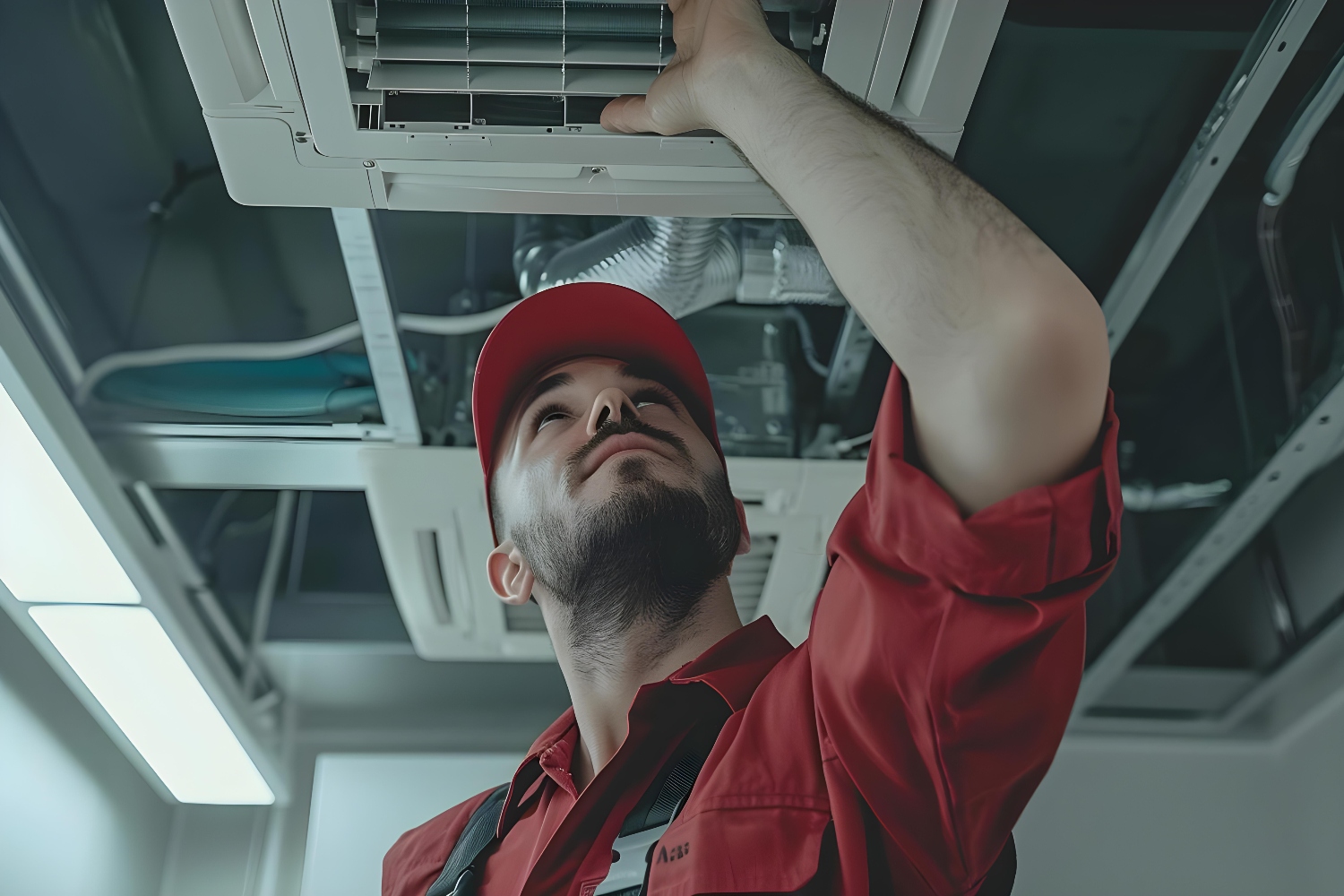
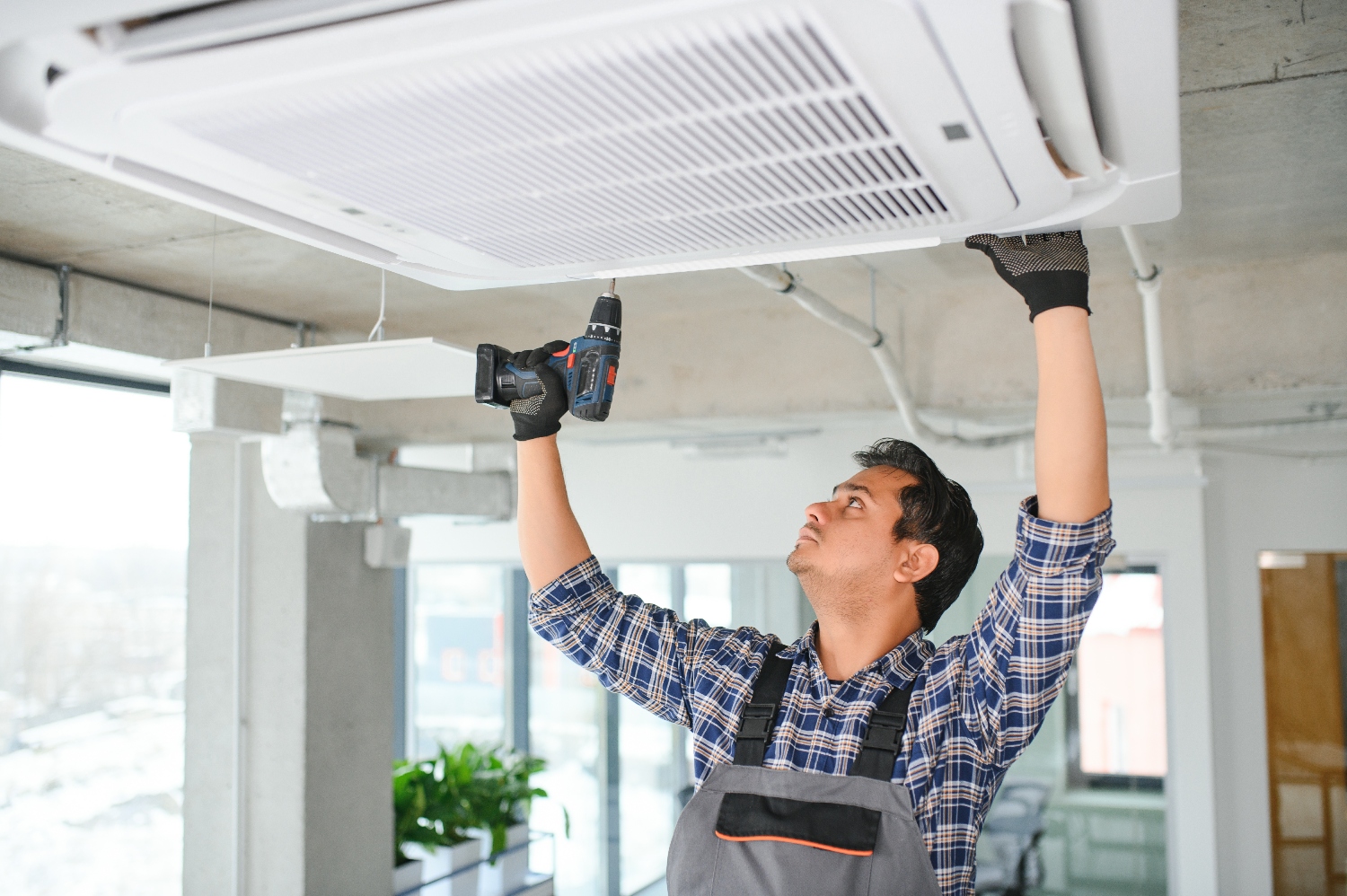
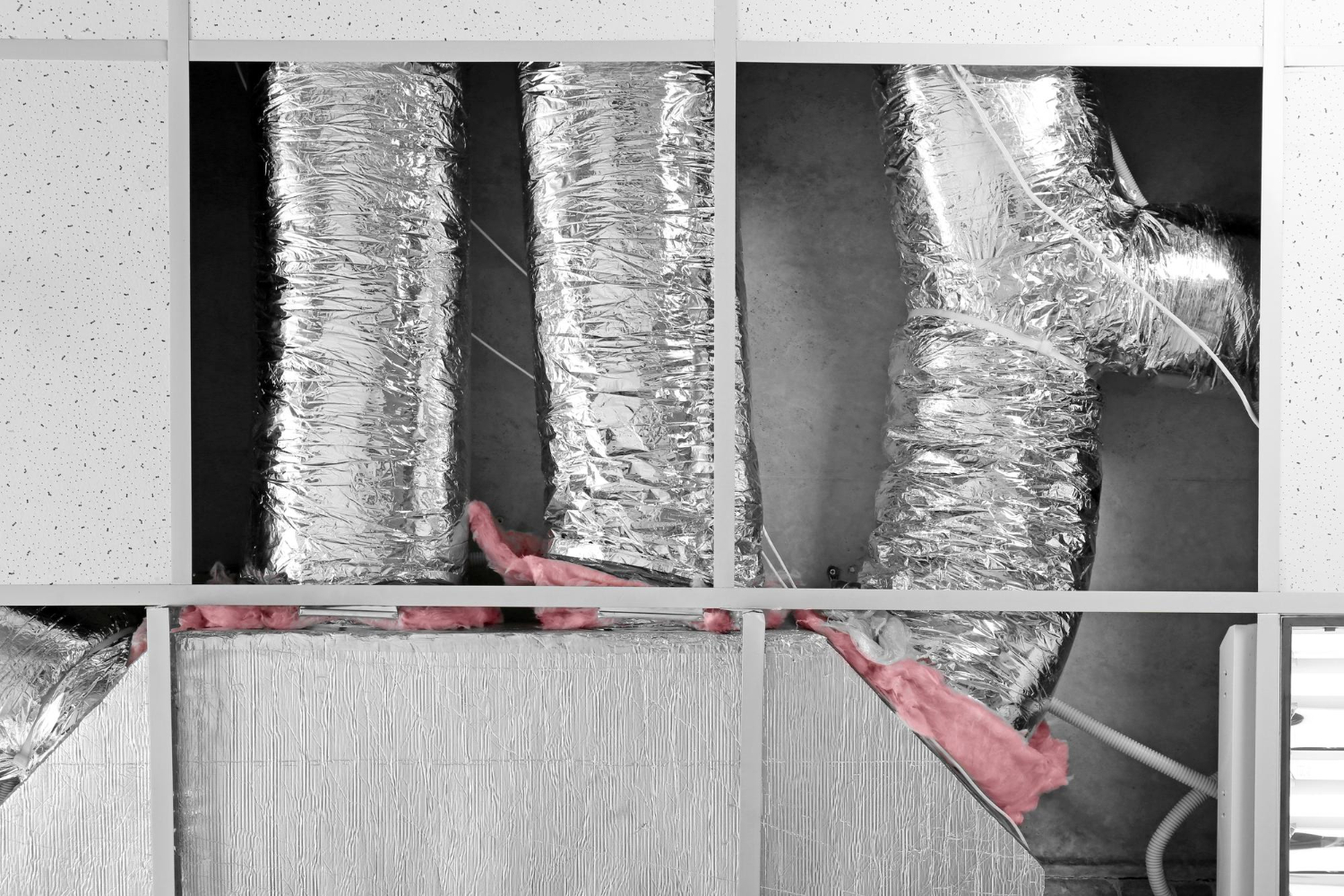




























































.jpg)
.jpg)

.jpg)
.jpg)




















